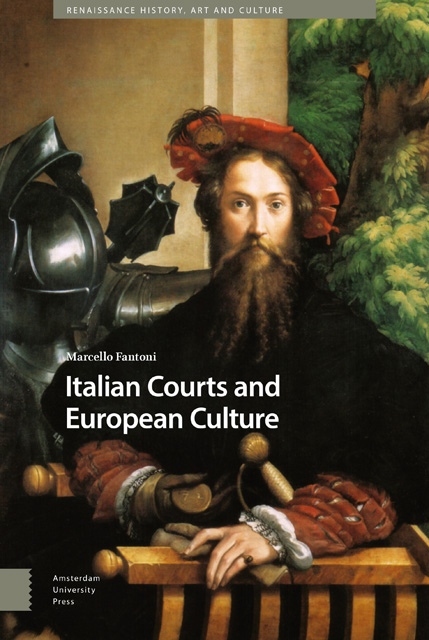9 - The Performing Arts
Published online by Cambridge University Press: 10 January 2023
Summary
Spectacle, pageantry, and court entertainment is a much-studied field. And yet, a survey is needed, for at least two reasons. First, to honor our commitment to supply an overall and intelligible picture, and second, because, globally, it formed a substantial element of the diffusion of Italian cultural topoi. To be clear, I am referring to tragedy, Commedia dell’Arte, opera, ballet, and all their phantasmagorical combinations. Individually or integrated in multimedial productions, all these arts – with pyrotechnics, jousting, banquets, and much else – were part of the schedule for the lavish court celebrations of dynastic marriages, triumphs, coronations, or visits of foreign statesmen. They were different ambits, but they fundamentally obeyed the same rules and confirm the same underlying conjectures. They shared the same birthplaces, too: the courts of Ferrara, Mantua, Florence, Parma, Rome, and Naples. In this, the Italian princes were unrivaled, and that is why everything that was part of the economy of their magnificence was borrowed by European sovereigns. Theater of politics or politics of theater – whichever you prefer: this was the patrimony they drew on to represent their majesty.
Take the marriage in Mantua, in April 1584, of Vincenzo I Gonzaga to his cousin Eleonora de’ Medici, or Charles V's entrances in the various Italian cities, or even the Este celebrations of 1573 when Tasso's work was staged, or the splendid papal ceremonies in Bernini's Rome, to give a few examples. This category includes all those occasions in which teams of actors, cooks, architects, tailors, painters, musicians, sculptors, and others were called on to give of their best for the thousands of guests who had come to witness their fantastic creations: whether they were temporary triumphal arches, banqueting tables, comedies, choreographies, or whatever. There was particular admiration for the Florentine marriage, in 1589, between Ferdinando I de’ Medici and Christina of Lorraine. The festivities continued for more than a month and included the extraordinary scenic devices of Bernando Buontalenti, fireworks on the Arno, an equestrian ballet in the Boboli Gardens, naumachie (‘naval battles’) fought in the courtyard of the Pitti Palace, and tournaments and ‘hunts’ in Piazza Santa Croce.
- Type
- Chapter
- Information
- Italian Courts and European Culture , pp. 209 - 222Publisher: Amsterdam University PressPrint publication year: 2022

